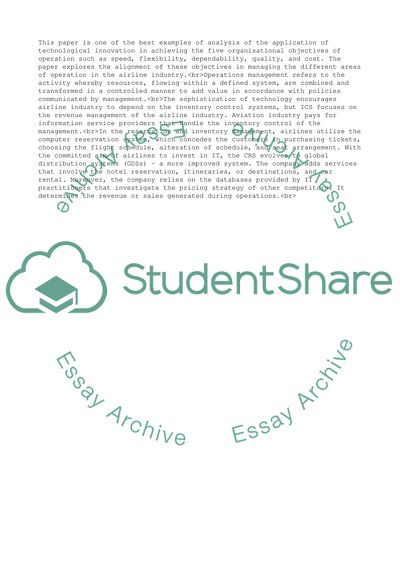Cite this document
(“Role of Information Technology for Efficient Operation Management in Book Report/Review”, n.d.)
Retrieved from https://studentshare.org/management/1584829-role-of-information-technology-for-efficient-operation-management-in-airlines
Retrieved from https://studentshare.org/management/1584829-role-of-information-technology-for-efficient-operation-management-in-airlines
(Role of Information Technology for Efficient Operation Management in Book Report/Review)
https://studentshare.org/management/1584829-role-of-information-technology-for-efficient-operation-management-in-airlines.
https://studentshare.org/management/1584829-role-of-information-technology-for-efficient-operation-management-in-airlines.
“Role of Information Technology for Efficient Operation Management in Book Report/Review”, n.d. https://studentshare.org/management/1584829-role-of-information-technology-for-efficient-operation-management-in-airlines.


